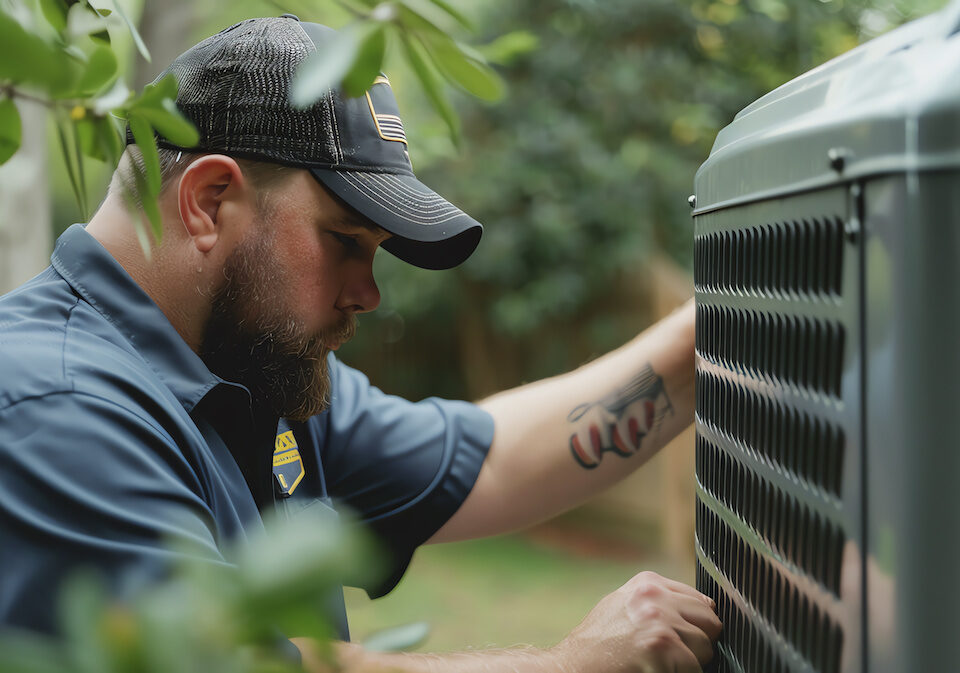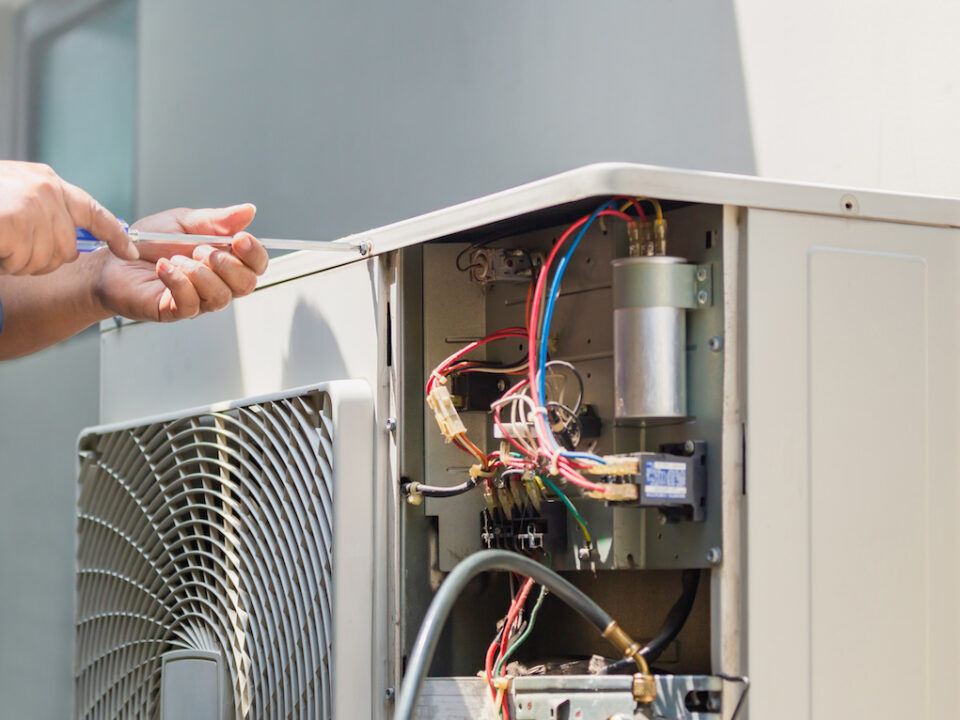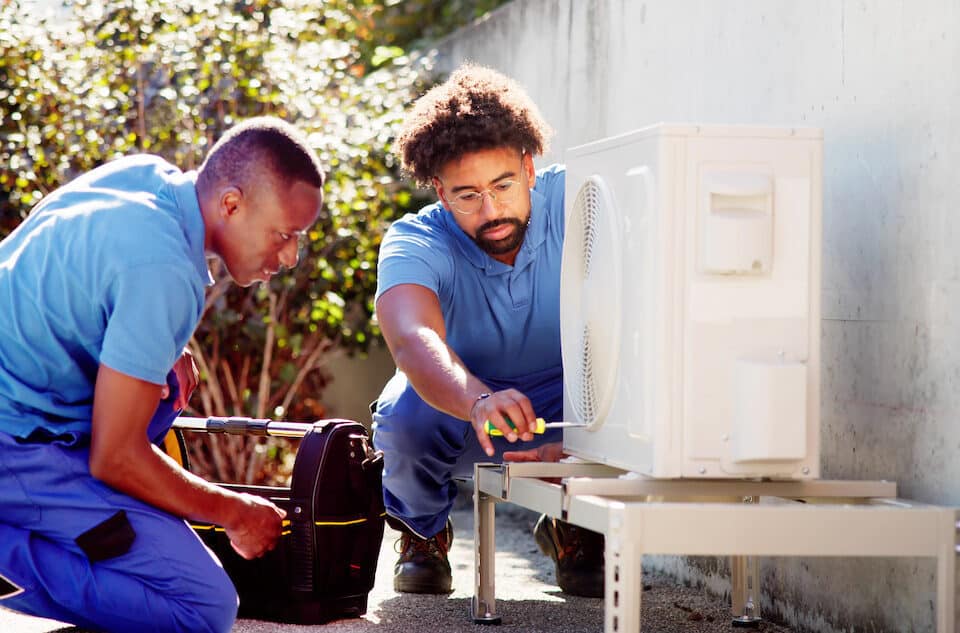How to Keep Carbon Monoxide Out of Your Home
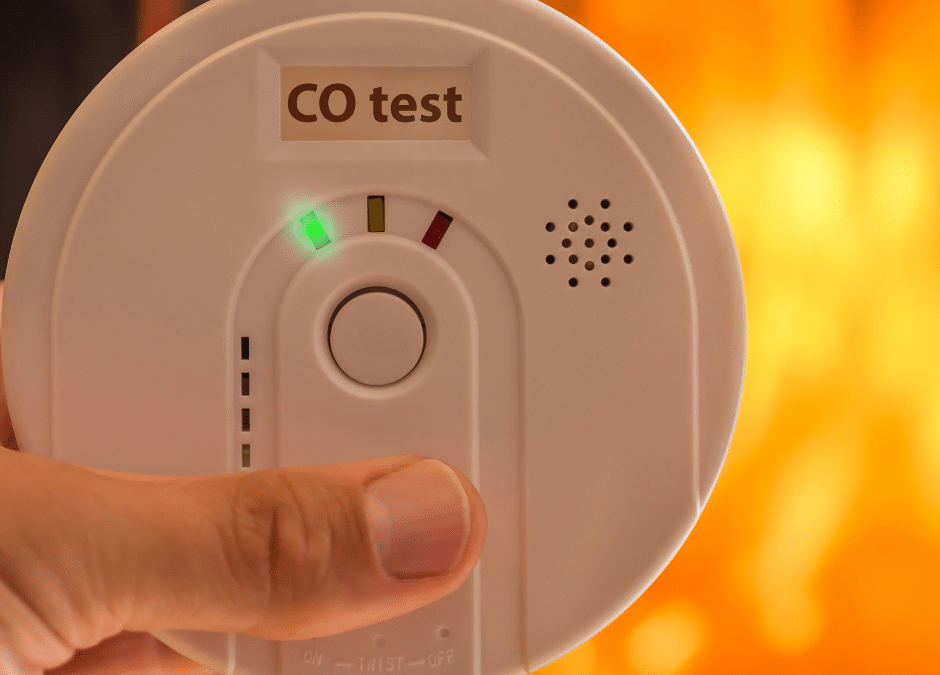
Keeping Carbon Monoxide Out of Your Home And Your Family Safe
Carbon monoxide (CO) is a daunting topic that most people do not know enough about. You see, breathing the noxious gas is very dangerous, to say the least. It is the leading cause of death by poison in the United States.
Did you know your pets can die from carbon monoxide poisoning as well? It is true. And they will often show symptoms before humans.
What’s worse is that the symptoms mimic a viral infection. So, it isn’t easy to identify without the proper detection equipment.
That is why we feel an obligation at TRUST Heating & Air to let everyone we can know about the dangers of CO poisoning and how to prevent it in your home. Keep reading to learn more.
What is Carbon Monoxide?
According to the experts at Healthy Children.org,“Carbon monoxide (CO) is a poison gas that is a by-product of appliances, heaters, and automobiles that burn gasoline, natural gas, wood, oil, kerosene, or propane. It has no color, no taste, and no odor.”
This gas is a chemical by-product made from the incomplete burning of natural gases and carbon.
Now, listen to the following report…
“Each year, around 20,000 people go to the emergency room for carbon monoxide poisoning, and nearly 500 people die from it.”
If that is not staggering, we are not sure what is. Merely the fact that it is colorless, odorless, and tasteless makes this silent killer like something from a horror movie.
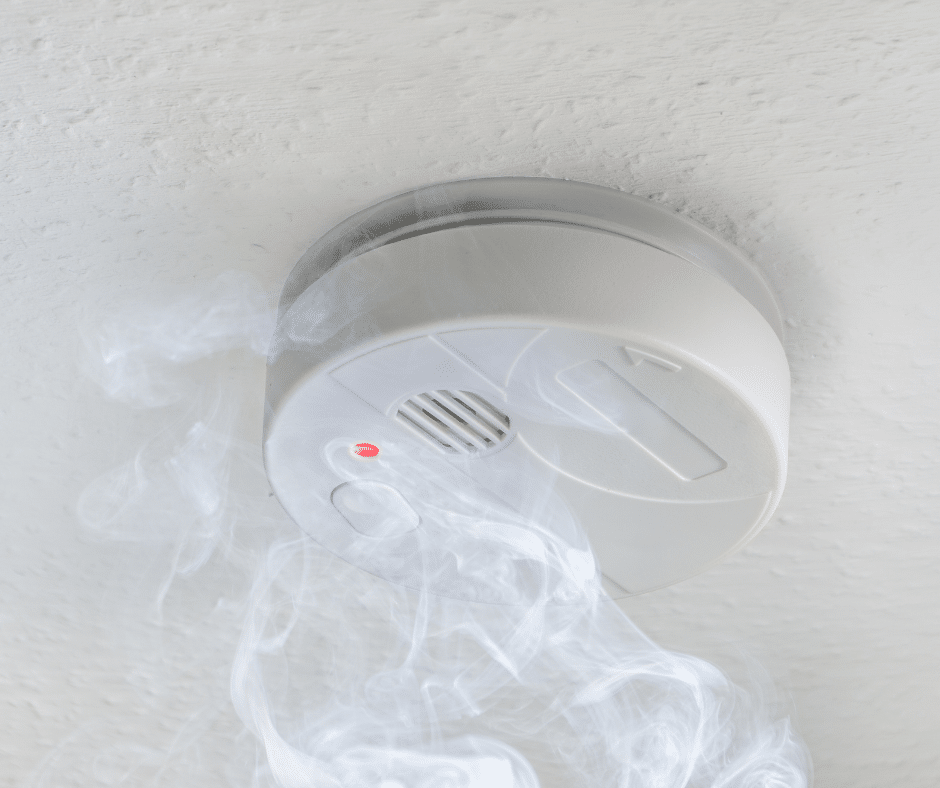
Where Does the Noxious Gas Come From?
Right about now you may be asking where this gas comes from. And that is the first step to preventing an accumulation of carbon monoxide in your home. The good news is that knowledge is power. And when you educate yourself, you take control in preventing your family from falling victim to this accidental poisoning. Here are a few of the places that may produce carbon monoxide.
- Woodstoves and fireplaces are possible the first source of CO, you would guess. They should be checked and cleaned annually. And make sure the flue is open when using the fireplace or stove.
- Appliances that burn fuel can also produce CO. The pilot light on your furnace does, in fact, produce CO and gas stovetops that should never be used for heating the home.
- Space heaters are another source of gas that needs to be checked and cleaned yearly.
- Grills and hibachis should never be used indoors for fear of fire and gasses.
- Boats, Cars, ATVs, and more all produce carbon monoxide. Never start one of these engines in a closed garage.
- Generators need to be outside when running as they produce CO as well.
- Water heaters that use gas can also give off dangerous fumes.
- Gas stoves are a big concern if they are not correctly turned off after use.
What is Carbon Monoxide Poisoning?
If a person inhales carbon monoxide at a high concentration, they can fall victim to CO poisoning. The poison happens when the CO replaces the oxygen in the hemoglobin of the red blood cells. Then the body is not getting the oxygen needed, and the symptoms will begin to show. The most common is a headache, but here are some additional common symptoms.
- Breathing problems, shortness of breath, or rapid breathing
- Chest pain, rapid or abnormal heartbeat
- Coma, unconsciousness, or shock
- Confusion
- Convulsions
- Dizziness and fainting
- Drowsiness and fatigue
- General weakness and achiness
- Hyperactivity
- Impaired judgment
- Irritability
- Low blood pressure
- Muscle weakness
- Nausea and vomiting
- No breathing at all
Of course, this article is merely for information only and is in no way a medical document. If you experience any of these symptoms and feel you may have CO poisoning, call 911.
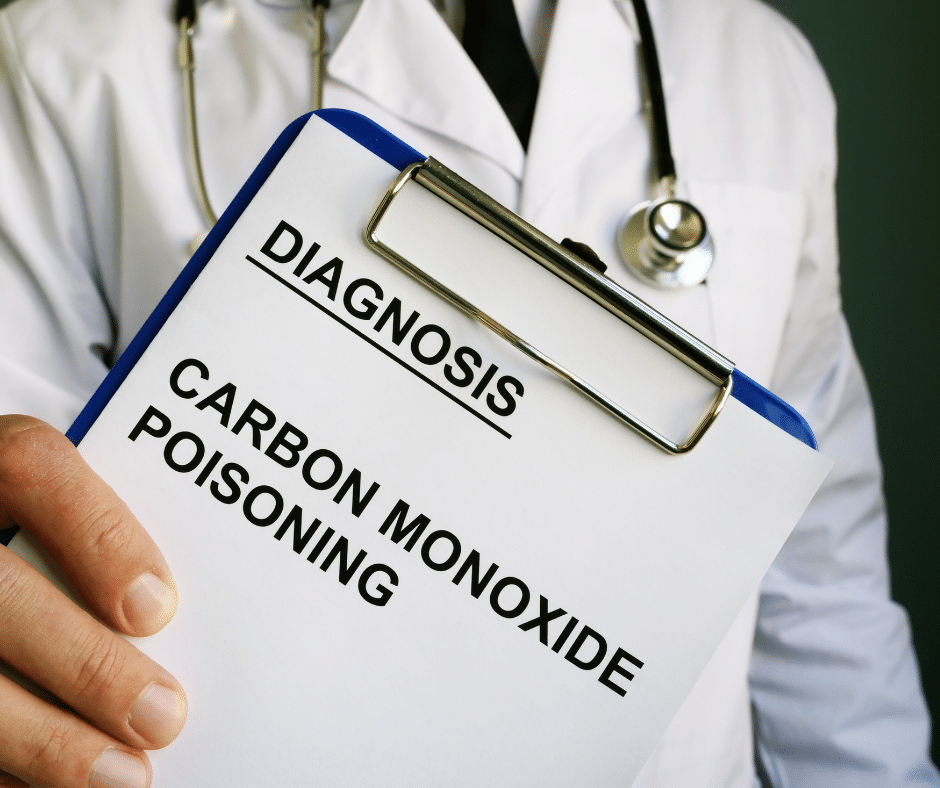
Carbon Monoxide Detectors
To keep your family safe from carbon monoxide poisoning, you must have CO detectors in the home, just like fire detectors. Ensure the batteries are changed every six months and have them tested annually.
According to Consumer Reports and arranged in alphabetical order, the best carbon monoxide detectors on the market are listed below.
Hardwired Carbon Monoxide Detectors: Kidde Silhouette KN-COPF-I
Plug-In Carbon Monoxide Detector: First Alert CO615
Battery-Powered Carbon Monoxide Detector: First Alert OneLink CO511B
Combination Smoke and Carbon Monoxide Detectors: First Alert SC7010B, Universal Security Instruments MIC3510SB
Smart Combination Detectors: First Alert Onelink Smart 1042135, First Alert Smart ZCOMBO-G (1039833), Google Nest Protect: Smoke + Carbon Monoxide
Maintaining Indoor Air Quality to Help Minimize Carbon Monoxide Build Up
Cleaning the air you live in and breathe daily is as important as cleaning the rest of the home. There are steps homeowners can take to keep up with the air quality in the house. TRUST Heating and Air recommends the following processes for fresh and clean indoor air.
Change the Filters
The HVAC unit is responsible for catching the chemicals, pollutants, and allergens in the air. While your HVAC system runs, whether heat or AC, it continually filters the air in the home. When they are full, the HVAC unit will be strained and not work nearly as well as one with a clean filter. Your best air quality comes when all those filters and vents get cleaned and changed regularly. But you should know that nothing replaces a detector for CO.
Utilize Vents in Zones
The vents of the building’s AC system remove humidity that can encourage mold growth and poor air quality. And gas stoves can release dangerous carbon monoxide and nitrogen dioxide. So when cooking, be sure to utilize the vents and fans on the oven and stove.
Adding Indoor Plants to Your Facility
Decorating is made easy with a well-placed plant. But indoor plants do more than just improve the aesthetics; they actually clean the air. Plants naturally recycle air and keep the quality of the air fresher and healthier for your family. That said, plants do not keep CO out. So detectors are still imperative.
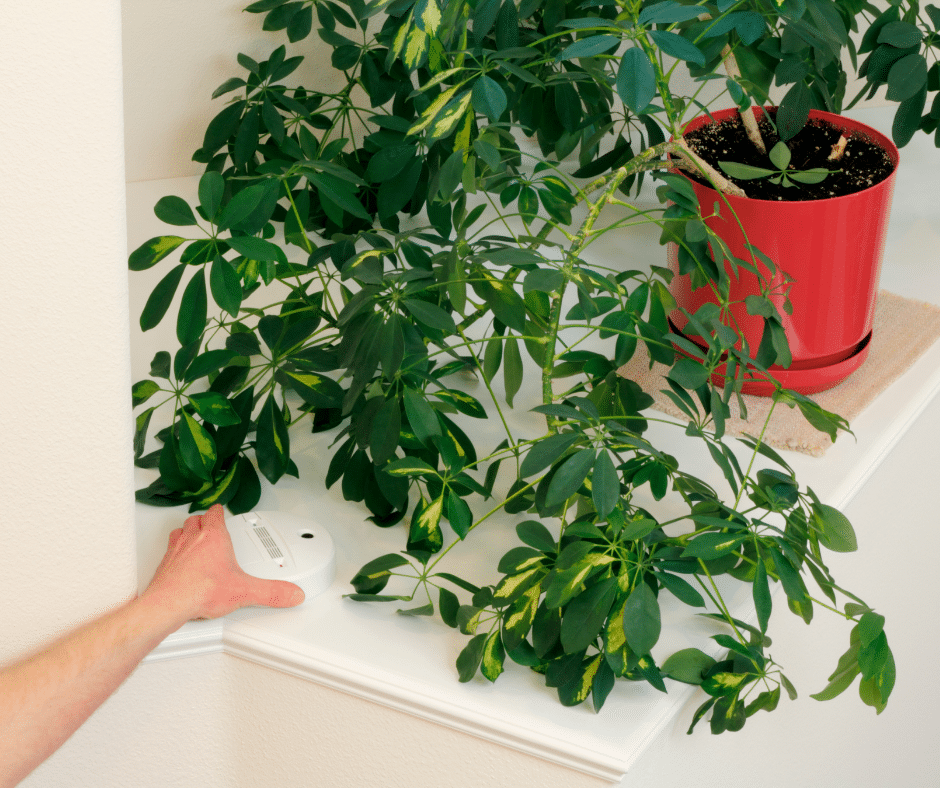
Keep Carbon Monoxide Out of Your Home
TRUST Heating and Air maintains your HVAC system for carbon monoxide, contaminants, and all seasons. We know just how to keep your system running smoothly and the pollen and dust levels controlled. Improving your indoor air quality is just one of the ways we care for our regular customers.
Call the Experts at TRUST Heating and Air
Offering first-class safety and comfort with industry-leading expertise is our pleasure. Our certified technicians are highly-trained, skilled professionals attune to your home’s needs. We will work efficiently to repair, replace, or install your air conditioning system.
Our qualified technicians come to you prepared with a stocked truck to repair your air conditioning in a timely, cost-efficient manner. Call our team at TRUST Heating & Air today at 678-498-6276 to schedule an appointment for top-notch air conditioning repair.
We have emergency 24/7 services available, and we offer FREE estimates for all new air conditioning installations.
Contact the team you can trust, TRUST Heating and Air.

